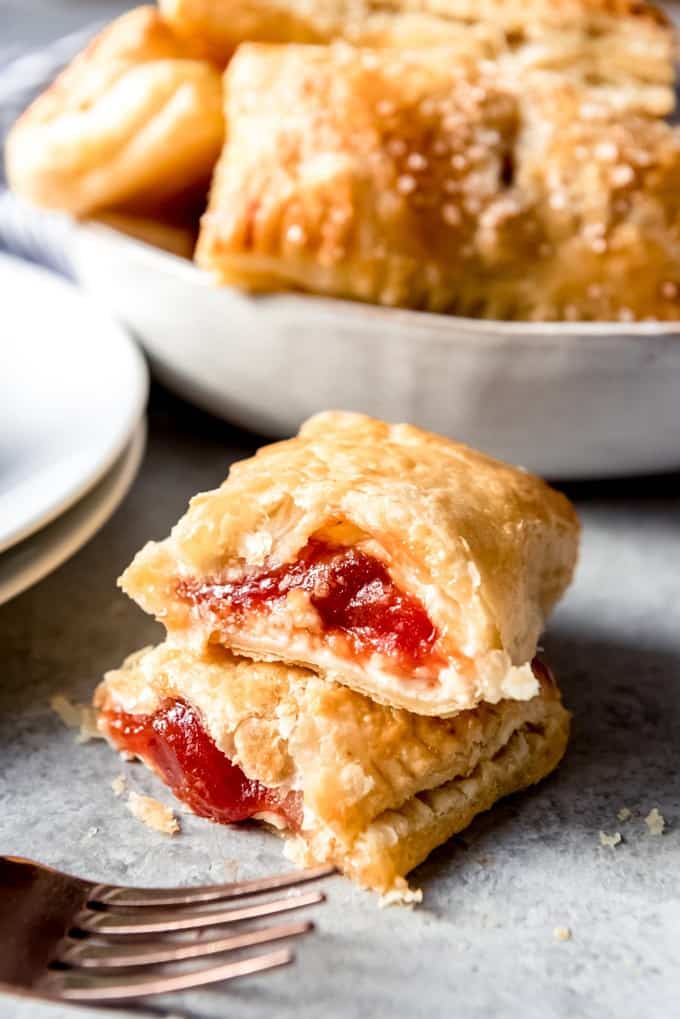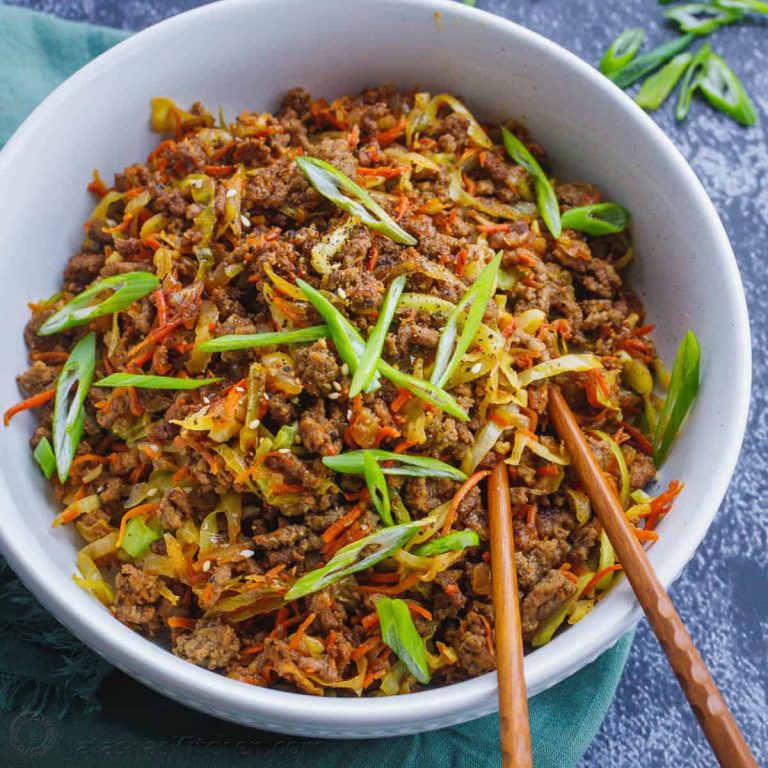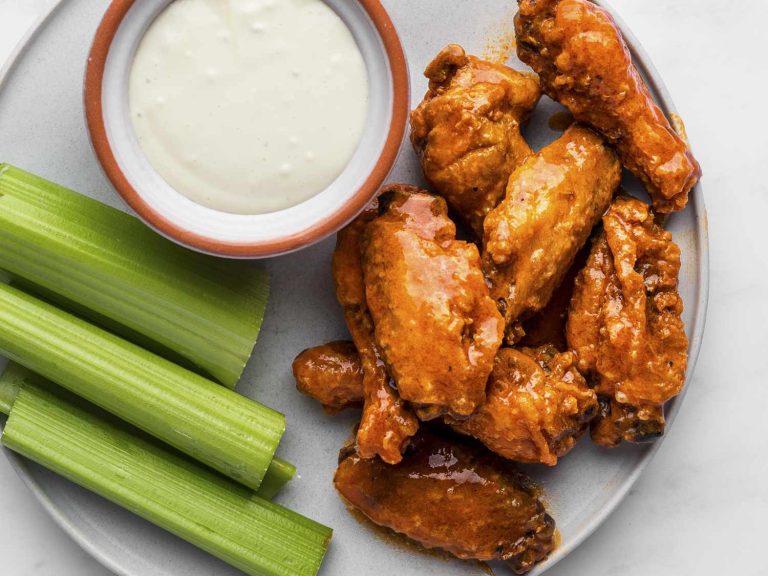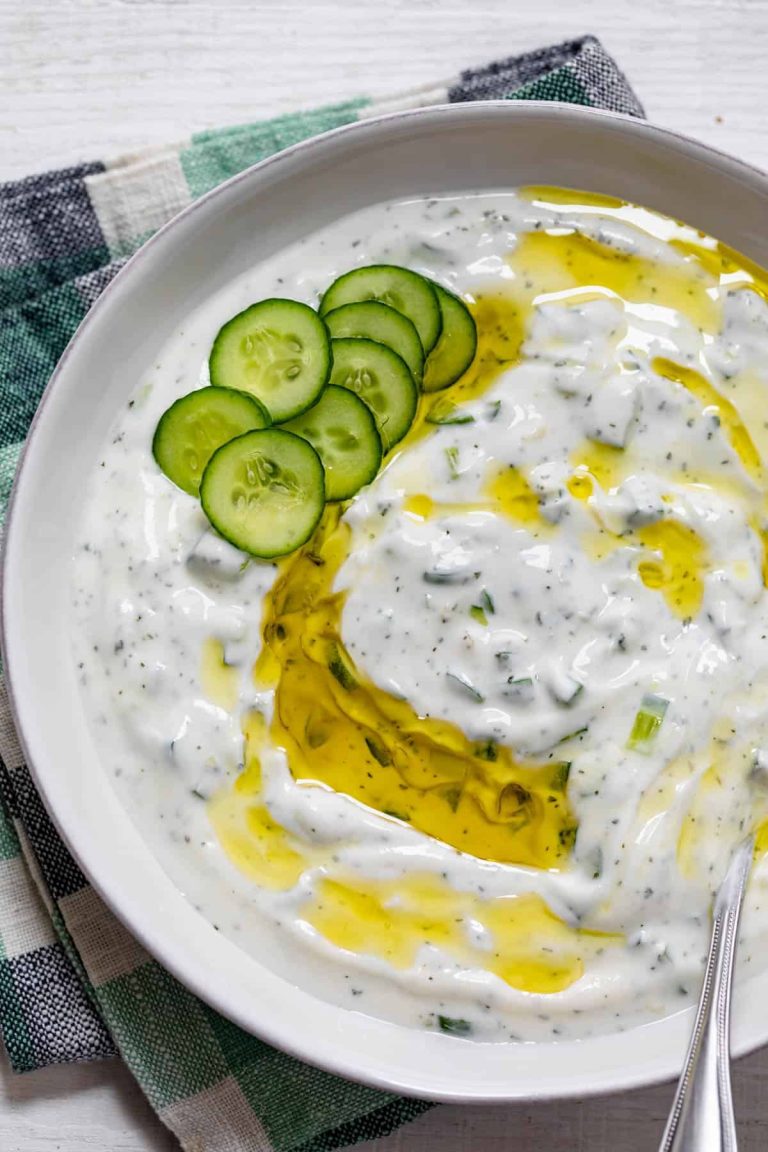Guava Cuban Pastry: Pastelito de Guayaba Origins and Best Spots
Pastelitos trace their roots back to Spanish colonization in the Caribbean. Spaniards who settled in Cuba brought their pastry-making techniques, which integrated with local ingredients to create unique treats. Pastelitos originally featured fillings like meat, cheese, and fruits. Over time, the Cuban culinary scene adopted these pastries, adapting them with local flavors to suit regional tastes. Pastelito de Guayaba, a variant filled with guava, emerged as a popular choice, encapsulating the island nation’s penchant for tropical fruit.
How Guava Became a Staple in Cuban Pastries
Guava, indigenous to the Caribbean and Central America, has a long-standing presence in Cuban cuisine. Known for its sweet, slightly tangy flavor, guava became a natural fit for the island’s versatile culinary methods. Integrated into various dishes from conserves to desserts, guava’s widespread cultivation in Cuba further cemented its status as a staple. In the context of pastries, guava pairs seamlessly with the flaky, buttery layers of Pastelitos, creating a harmonious balance of textures and flavors that is both traditional and delightful.
Key Ingredients and Traditional Recipe
The Role of Guava in Pastelito De Guayaba
Guava stands out as the primary ingredient in Pastelito de Guayaba. This tropical fruit brings a distinct sweet and tangy taste that complements the flaky pastry layers. Due to its high vitamin C content, Guava provides not only flavor but also nutritional benefits. In Cuban culinary traditions, Guava is often transformed into a rich paste, known as “pasta de guayaba”. This paste maintains the fruit’s essence and integrates smoothly into pastry fillings, ensuring the characteristic taste of Pastelito de Guayaba. Using Guava paste results in a consistent texture and prevents the pastry from becoming soggy during baking.
Essentials for Making Authentic Pastelito De Guayaba
Creating authentic Pastelito de Guayaba requires a few essential ingredients and steps.
- Puff Pastry: Ensure you use high-quality puff pastry sheets that offer flaky layers.
- Guava Paste: Opt for a well-preserved guava paste, balancing sweetness and tanginess.
- Sugar: Use granulated sugar to sprinkle on top, adding a subtle sweetness.
- Egg Wash: Combine one beaten egg with a tablespoon of water to create an egg wash. This gives the pastry a golden finish.
- Prepare Puff Pastry: Cut the puff pastry sheets into equal squares, typically around 4×4 inches (10×10 cm).
- Add Guava Paste: Place a slice of guava paste in the center of each square, keeping it around 0.5 inches (1.3 cm) thick.
- Seal Pastries: Fold the squares into triangles or rectangles, sealing the edges with a fork to prevent leaks.
- Apply Egg Wash: Brush the egg wash on top of each pastry to ensure a golden finish during baking.
- Bake: Place the pastries on a baking sheet lined with parchment paper and bake at 375°F (190°C) for 20-25 minutes or until golden brown.
By following these steps and using these essential ingredients, you’ll create delicious and authentic Pastelito de Guayaba.
Culinary Techniques: From Dough to Pastry
Preparing the Perfect Dough
To create Guava Cuban Pastry, start with a high-quality puff pastry dough. Ensure the dough is cold as it aids in achieving the flaky texture Pastelitos de Guayaba are known for. Roll out the dough on a lightly floured surface to a thickness of about 1/8 inch. Cut the dough into even squares, roughly 4×4 inches, to ensure uniform size and cooking time. Rest the cut dough in the refrigerator if it warms up during preparation.
Mastering the Filling and Assembly
For the filling, use guava paste, which you can find in most Latin grocery stores. Cut the guava paste into small, even rectangles, approximately 1 inch in size. Place each rectangle in the center of a dough square. Fold one corner of the dough over to the opposite corner, forming a triangle.
Seal the edges by pressing them together with a fork, ensuring no filling escapes during baking. Brush the top of each assembled pastry with a beaten egg mixed with a tablespoon of water for a shiny, golden finish. Bake the pastries in a preheated oven at 375°F for 20–25 minutes or until they are puffed and golden brown. Let them cool slightly before serving.
Serving and Enjoying Pastelito De Guayaba
Ideal Pairings and Accompaniments
Pair Pastelito de Guayaba with beverages or side dishes to enhance your tasting experience. Cuban coffee, known for its strong, sweet flavor, creates an ideal combination. The bitter richness of Cuban espresso contrasts with the pastelito’s sweetness, making it a traditional choice.
Fresh fruit slices complement the pastry’s texture and flavor. Serve with mango, pineapple, or papaya to emphasize tropical notes. A dollop of whipped cream or a scoop of vanilla ice cream adds a creamy contrast to the guava paste.
Consider incorporating Pastelito de Guayaba into a larger Cuban-themed dessert platter. Include flan or tres leches cake for variety. This provides a comprehensive sweet experience, showcasing different textures and flavors from Cuban cuisine.
Tips for Serving Pastelito De Guayaba
Serve pastelitos warm if you aim for a fresh-from-the-oven appeal. Reheat in an oven at 350°F for 5-7 minutes. This helps restore the puff pastry’s flakiness without overcooking the guava filling.
Present pastelitos on a decorative platter lined with parchment paper. This ensures they don’t stick and keeps their presentation pristine. Add a light dusting of powdered sugar for a visually appealing touch.
Use a sharp knife to cut the pastries cleanly. This prevents crushing the puff pastry and ensures each piece looks appetizing. If serving to guests, consider offering small napkins or dessert forks to manage the flaky texture.
Store leftovers in an airtight container to maintain freshness. If possible, consume within two days to enjoy peak flavor and texture. For extended storage, freeze individual pastelitos, then reheat as needed.
By following these guidelines, you can ensure that Pastelito de Guayaba remains a highlight, whether at a casual gathering or a formal event.
Where to Find the Best Pastelito De Guayaba
Popular Spots in Cuba
Havana offers numerous bakeries renowned for their Pastelito de Guayaba. La Dulcería is a cornerstone, known for fresh, flaky pastries and a rich guava filling. You might also visit Pastelería Francesa where traditional methods craft some of the best pastries in the city. Varadero, a famous tourist destination, boasts places like La Bamba, which combines scenic views with exquisite Cuban pastries. Trinidad, a UNESCO World Heritage site, has La Maravilla, a bakery celebrated for its authentic flavors and local ingredients.
Pastelito De Guayaba Abroad
In the United States, Miami stands as a hub for Cuban pastries. Versailles Restaurant is a Miami staple, offering high-quality Pastelito de Guayaba. In New York City, you can find stellar offerings at Porto’s Bakery & Café, where tradition meets modern baking methods. Los Angeles residents frequent Porto’s for its consistently great pastries. In Spain, pastelerías like La Mallorquina in Madrid enchant customers with a blend of Cuban and Spanish pastry traditions. International markets and specialty stores often feature these pastries, making it easier to savor this Cuban treat worldwide.
Conclusion
Whether you’re savoring it in a bustling Cuban café or enjoying a slice at home, the Pastelito de Guayaba offers a delightful taste of Cuban culture. This pastry’s unique blend of sweet guava and flaky crust makes it a must-try for any dessert lover. Remember to pair it with a strong Cuban coffee or some fresh fruit to enhance the experience. With its growing availability in cities across the globe, you don’t have to travel far to indulge in this Cuban treat. So, next time you’re craving something sweet, why not try a Pastelito de Guayaba?






